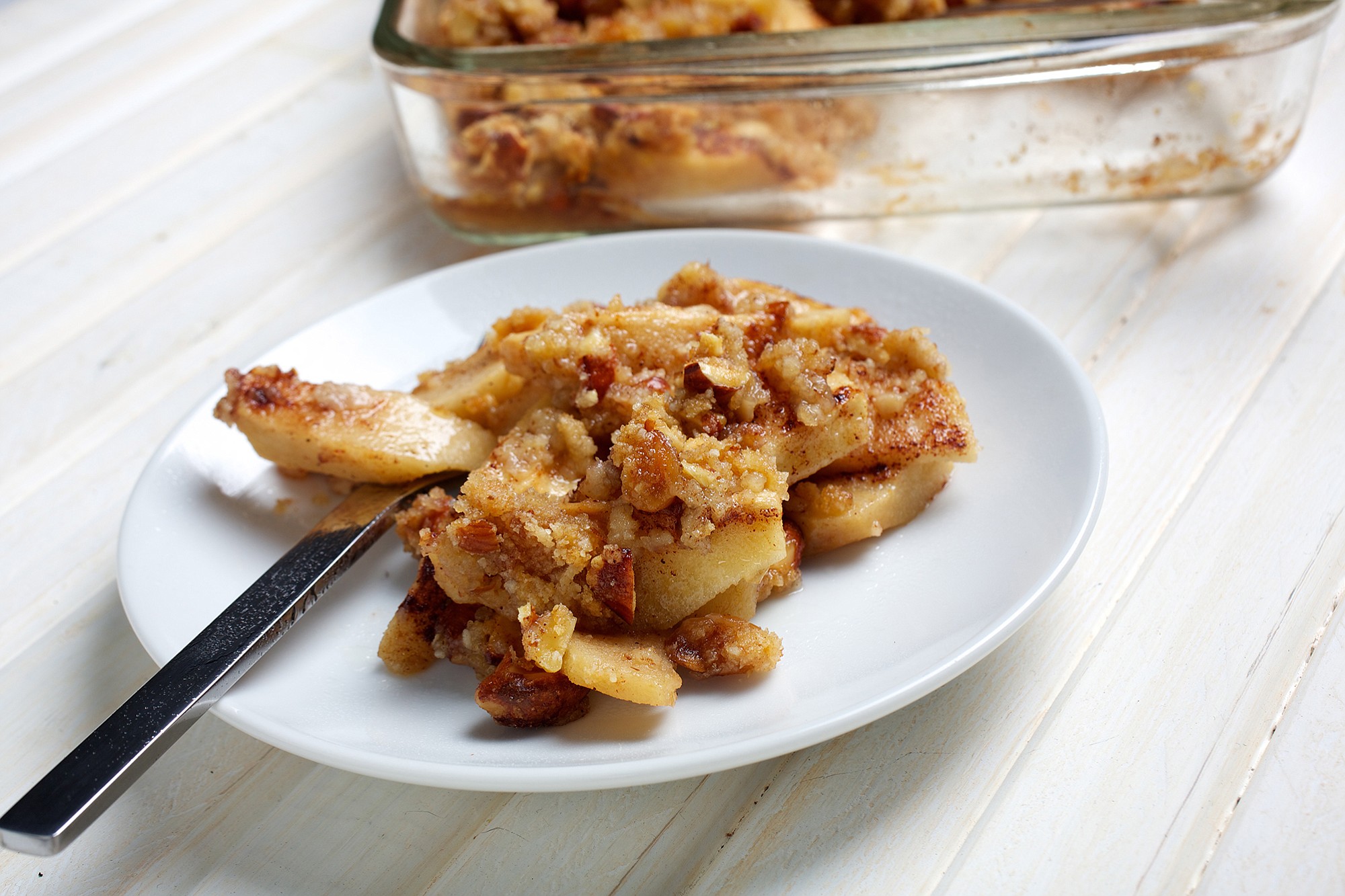As if cooking for Passover weren’t demanding enough, now many of us are doing our best to eat fresh, local and seasonal, too. Spring is in the air as the holiday approaches, but after this year’s brutal winter, spring vegetables are barely rooted in the ground.
The date for Passover slides around depending on the lunar calendar. The holiday can fall anywhere from late March to late April, making for big differences in what’s in season. This year, wouldn’t you know it, Passover comes early. The holiday begins the evening of April 3 with the first seder, the traditional holiday meal that welcomes the eight-day observance.
Even though nothing says spring like bright green spears of asparagus on the table, I have decided to resist those California imports this Passover — and seek out some mid-Atlantic Jewish farmers to find out what the people of the land are putting on their Passover tables.
My first conversation starts off discouragingly. “Coming out of our freezing February and early March, farms will be a little slow to wake up this spring,” says Tanya Tolchin, who with husband Scott Hertzberg owns Jug Bay Market Garden, a seven-acre organic vegetable farm in Upper Marlboro, Maryland.



